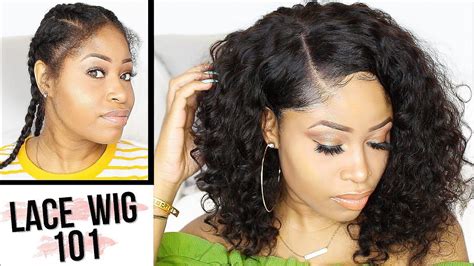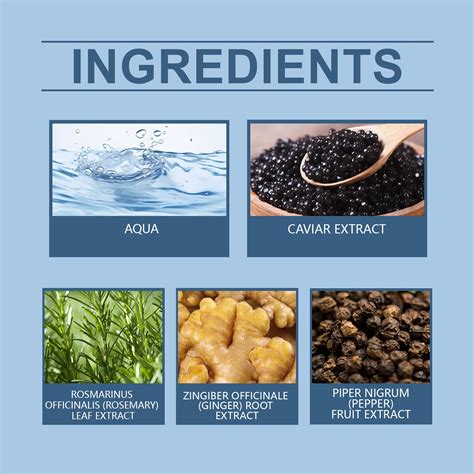Protein hair therapy is a revolutionary treatment that revitalizes damaged hair, restoring its strength, elasticity, and shine. This innovative therapy utilizes protein molecules to penetrate the hair shaft, reinforcing weakened bonds and fortifying the hair structure.

Benefits of Protein Hair Therapy: Reinvigorating Your Hair
Protein hair therapy offers a myriad of benefits for damaged or weakened hair, including:
- Enhanced Strength and Elasticity: Proteins reinforce the hair shaft, preventing breakage and split ends.
- Improved Moisture Retention: Protein molecules act as humectants, locking in moisture and reducing dryness.
- Reduced Frizz and Flyaways: Proteins smooth the hair cuticles, minimizing frizz and flyaways for a sleek and polished look.
- Increased Volume and Body: Protein therapy adds volume and body to fine or thinning hair, creating a fuller and more voluminous appearance.
- Protective Properties: Proteins protect the hair from environmental damage, such as UV rays, heat styling, and chemical treatments.
How Protein Hair Therapy Works: The Science Behind Restoration
Protein hair therapy works by replenishing lost proteins in the hair shaft. These proteins, such as keratin and collagen, are essential for maintaining the hair’s structural integrity and overall health.
During the treatment, protein molecules are applied to the hair in the form of shampoos, conditioners, or masks. The proteins penetrate the hair shaft through the cuticle, attaching themselves to damaged areas and reinforcing weakened bonds. This process strengthens the hair, improves its texture, and enhances its overall appearance.
Types of Protein Hair Therapies: Tailoring to Your Needs
Various types of protein hair therapies are available to cater to different hair types and damage levels:
- Keratin Treatment: A semi-permanent treatment that uses a concentrated form of keratin to repair and smooth damaged hair.
- Collagen Treatment: A treatment that replenishes collagen, a protein that adds strength and elasticity to hair.
- Bonding Treatment: A treatment that uses proteins to repair broken bonds in the hair, restoring its strength and preventing further damage.
Effective Strategies for Protein Hair Therapy: Maximizing Results
To maximize the benefits of protein hair therapy, follow these effective strategies:
- Choose the Right Treatment: Consult a hairstylist to determine the most appropriate protein hair therapy for your specific hair needs.
- Follow Instructions Carefully: Read and follow the instructions for the protein hair therapy product you choose, ensuring proper application and timing.
- Use Deep Conditioning Treatments: Incorporate deep conditioning treatments into your hair care routine to provide additional protein and nourishment.
- Avoid Overuse: Protein hair therapies should be used in moderation, as excessive protein can weigh down the hair and cause breakage.
Why Protein Hair Therapy Matters: The Importance of Healthy Hair
Protein hair therapy is crucial for maintaining healthy hair, as it provides the following benefits:
- Prevents Hair Loss: Strong and healthy hair is less prone to breakage and shedding, reducing the risk of hair loss.
- Enhances Overall Appearance: Healthy hair appears lustrous, voluminous, and free from damage, boosting your overall appearance.
- Protects Against Damage: Protein therapies strengthen the hair, making it more resistant to environmental stressors and chemical treatments.
- Improves Hair Health: Protein hair therapy helps maintain healthy hair growth and prevents damage from occurring in the future.
6-8 FAQs About Protein Hair Therapy: Your Questions Answered
Here are answers to some frequently asked questions about protein hair therapy:
- How often should I get a protein hair treatment? Once a month or as recommended by a hairstylist.
- Can protein hair therapy cause damage? Yes, if overused or not applied correctly.
- Is protein hair therapy suitable for all hair types? Yes, but consult a hairstylist to determine the best treatment for your specific hair needs.
- How long does a protein hair treatment last? Semi-permanent treatments can last for several weeks, while deep conditioning treatments provide temporary benefits.
- Can I do protein hair therapy at home? Some protein hair therapies are available for home use, but professional treatments are recommended for best results.
- What are the side effects of protein hair therapy? Overuse can lead to hair breakage, dryness, and stiffness.
- How do I avoid protein overload? Follow instructions for use and use deep conditioning treatments to balance moisture levels.
- Is protein hair therapy expensive? Costs vary depending on the type of treatment and salon.
4 Useful Tables: Enhancing Your Understanding
| Table 1: Damage Levels and Treatment Options |
|—|—|
| Damage Level | Treatment |
| Mild | Deep conditioning treatments |
| Moderate | Bonding treatments |
| Severe | Keratin or collagen treatments |
| Table 2: Protein Types and Their Benefits |
|—|—|
| Protein Type | Benefits |
| Keratin | Strengthens and smooths |
| Collagen | Adds elasticity and shine |
| Amino Acids | Repairs and nourishes |
| Table 3: Effective Protein Hair Therapy Products |
|—|—|
| Product | Description |
| Olaplex No. 3 Hair Perfector | Repairs broken bonds |
| Kerastase Elixir Ultime Oil | Nourishes and protects |
| Moroccanoil Hydrating Styling Cream | Adds moisture and defines curls |
| Table 4: Comparison of Protein Hair Therapies |
|—|—|
| Feature | Keratin Treatment | Collagen Treatment | Bonding Treatment |
| Duration | Semi-permanent (3-6 months) | Temporary (1-2 weeks) | Semi-permanent (2-4 months) |
| Cost | Expensive | Moderate | Moderate |
| Hair Type | Damaged, frizzy | Dry, aging | Chemically treated, broken |
